We caught up with the brilliant and insightful Katherine McClintic a few weeks ago and have shared our conversation below.
Katherine, appreciate you joining us today. What’s been the most meaningful project you’ve worked on?
Ending the War On My Body is a book of poetry I wrote. Compiled from my writings through over a decade of struggling with body dysmorphia, disordered eating, and anxiety I’d suffered through, quietly.
As I was working on the book my need to always be moving had me inspired to turn the poems into a multi-media production. Over the course of two years, I brought on collaborators to make 6 films, a 30-minute live dance piece, 45 minutes of original music, and an original lyrical song. As I brought on more creators, I shared the poems with more people, and the more I saw my story in different fonts reflected back to me.
Putting this production together, practicing to share the parts of my story I was ashamed of through art alchemized the long-suffering path into an impactful movement that I hope is an invitation to recovery from anyone in the midst of an inner war.
Ending the War On My Body is a project I wish I’d read/seen when I was in the pits of my self-loathing. I’ve found that I can know all the facts and figures of why something is a problem, and why a behavior needs to change, yet the ephemeral or visceral quality of art and metaphor reaches my soul and is always what ends up influencing my behavior.
I’ve seen the performance wipe away friends’ and strangers’ illusions about what their body needs to be in order to be accepted and ultimately loved.
This project was meaningful in a million ways to me personally, I am utterly transformed from the process of putting it out in the world, the story of the project is the process itself. I attempted to develop a process that was in integrity with the message of the book. I wanted to expand what I thought was possible and hired and paid over 60 artists in 2022 as we all made the vision come to life.
Putting poems that had once been written from a place of shame and secrecy out into the light of the public has changed how whole I feel in any space I walk into.
I could talk about Ending the War On My Body from a million different directions, and probably will throughout my life.

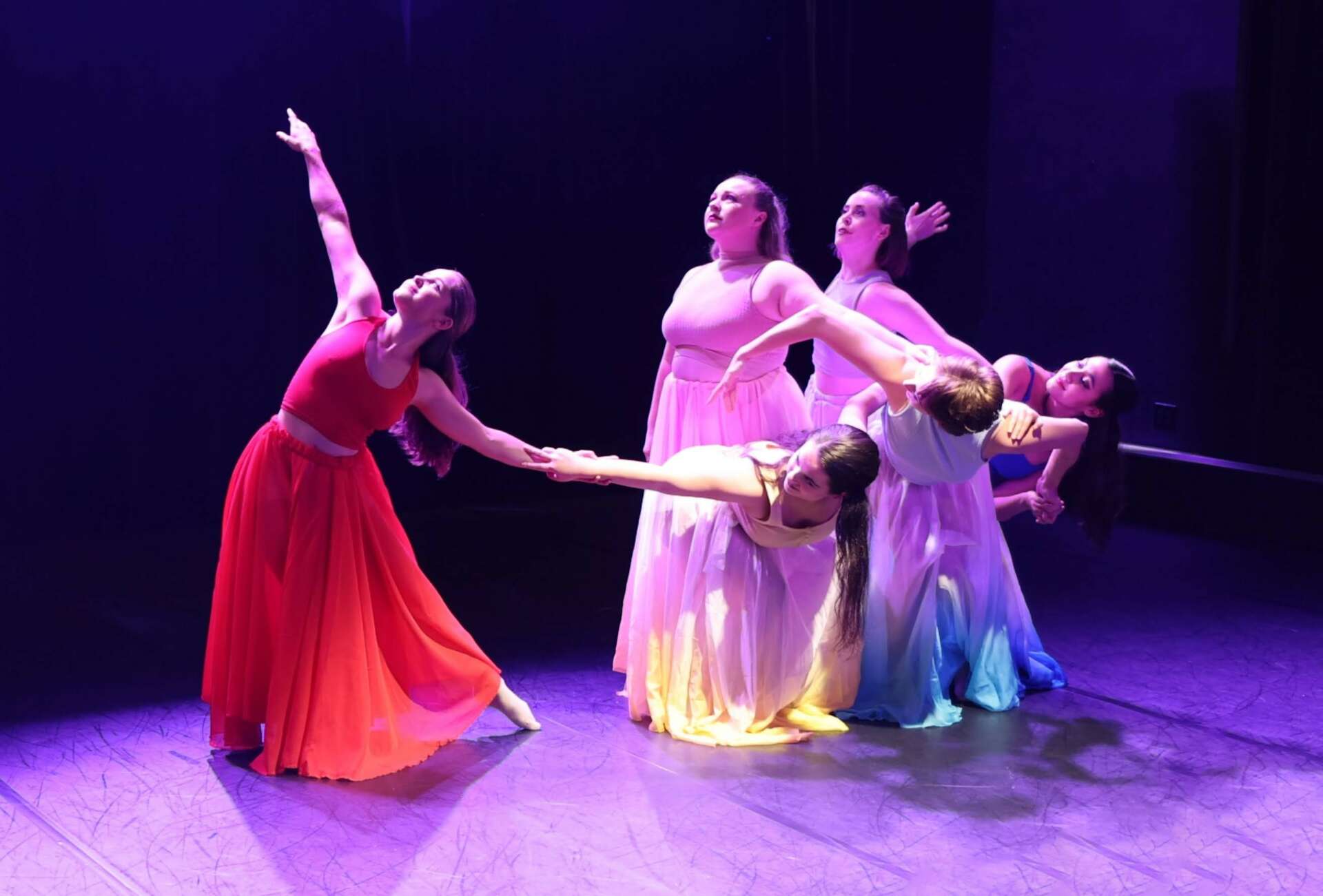
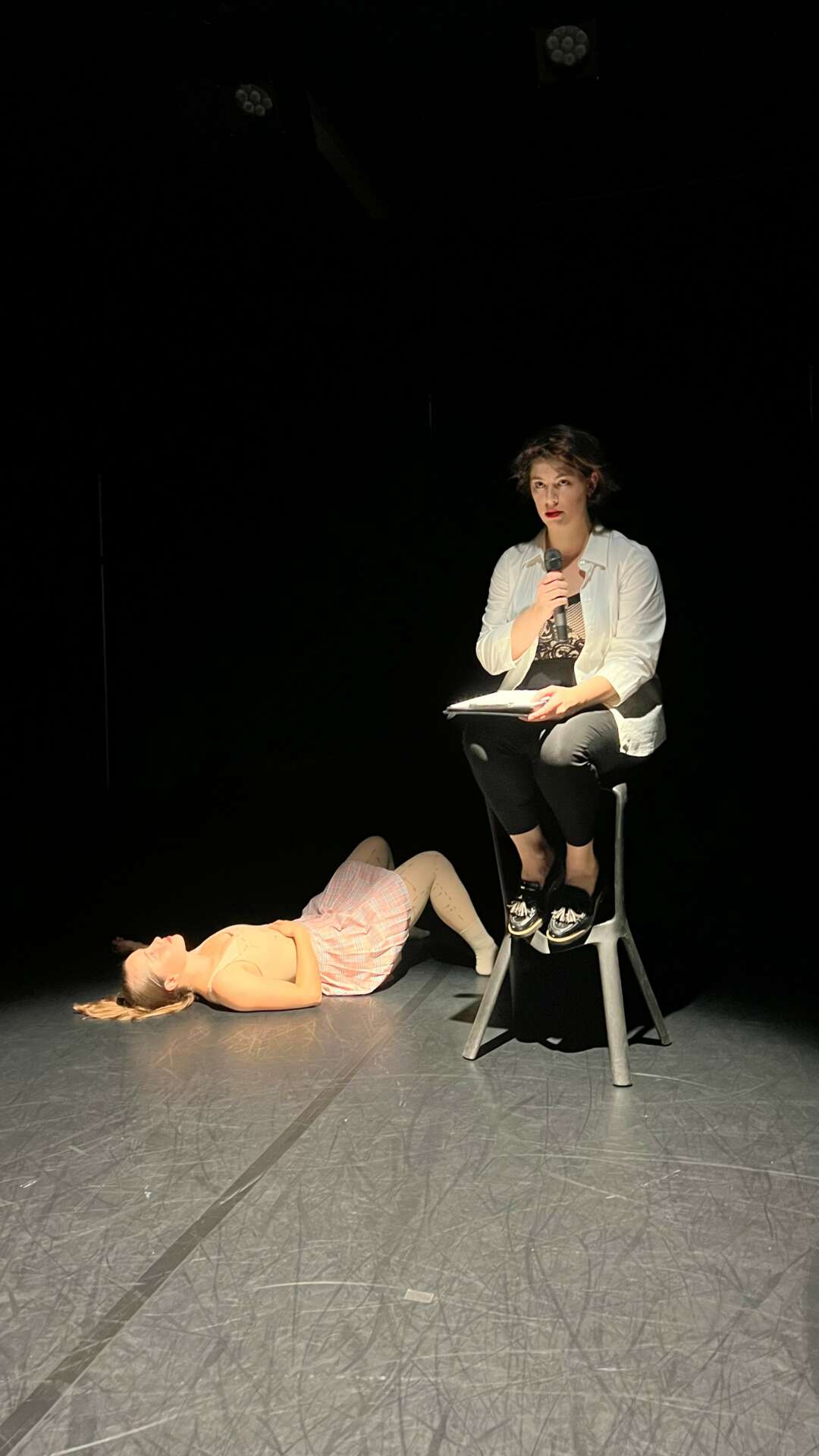

As always, we appreciate you sharing your insights and we’ve got a few more questions for you, but before we get to all of that can you take a minute to introduce yourself and give our readers some of your back background and context?
More and more I identify as a creatrix. My primary disciplines are in management, choreography, and writing, especially poetry.
I consider team management a creative endeavor. I have a background in building systems, customer service, and managing teams for various companies in NYC over the past 13 years. All of this empowered me with the gumption to be the artistic director of my own multi-team projects, and the skills to executive produce my visions effectively. I currently am the studio manager for the multi-faceted JJ Ignotz’s Photography studio in NYC.
I’ve danced my whole life, from ballet to jazz, dancing back-up to going wild at weddings. This lifelong obsession with dance eventually turned into a deep love for crafting the movement in larger narratives through choreography. Ending The War On My Body(Films & Live Dance Piece), Medea(Lenfest Center for the Arts), and Queen of the Mold(dir. Lizzy Bryce) are a few of my favorite projects I’ve been a part of as a choreographer. I love the extremes of comedy and horror and enjoy creating visceral movements, especially on women, trans, and NB people.
My book of poetry Ending The War On My Body came out in 2022. I write on average a poem a day and love to develop poetry through conversation with other writers and editors. My book was published through dart frog’s Canoe Tree Press and I look forward to writing and public readings of my work in the future.
Most recently, I’ve developed Ending the War On My Body into a multi-media performance. My team and I produced 6 short films, 6 Live Dance Pieces, An album of original music, and a creepy ballad. The premiere performance featuring the work of 60 cast, crew, and creative team members was November 5, 2022, at Gibney: Agnes Varis Performing Arts Center in downtown NYC. We’re currently developing future iterations of this piece.
I love collaborating and communicating ideas that are imaginative, visceral, and clear on screen, stage, and page.
Is there something you think non-creatives will struggle to understand about your journey as a creative? Maybe you can provide some insight – you never know who might benefit from the enlightenment.
The journey of a creative person is by nature, mysterious and non-linear. There are stepping stones for some avenues in the creative world, but in general, the creators I know have to bushwhack winding paths before they land somewhere that feels true. Feeling rooted takes time.
The struggle comes in when we are met with constant interrogations of “what’s next?” when each next step looks like a mysterious void. When asking a creative how they got from point a to b in conversation acknowledging the bravery it takes to live in the murky unknown of a creative life would help build a bridge rather than a wall.
I also brush up again on the myth of the creator being either famous or starving. This is something our generation is actively pushing against. There are a million points between famous and starving as a creative.
The more I create, the more I see that there are a million valid ways to be an artist. Watercolors for yourself in your spare time, writing on your commute to the 9 to 5, getting grants and building full-scale sculptures, dancing on world tours, or in downtown drag bars, and daydreaming in the 5 minutes your kid is quiet are all valid ways to engage in a relationship with your creativity.
Having a relationship with your creativity allows for transformation, and often requires non-traditional ecosystems of support.
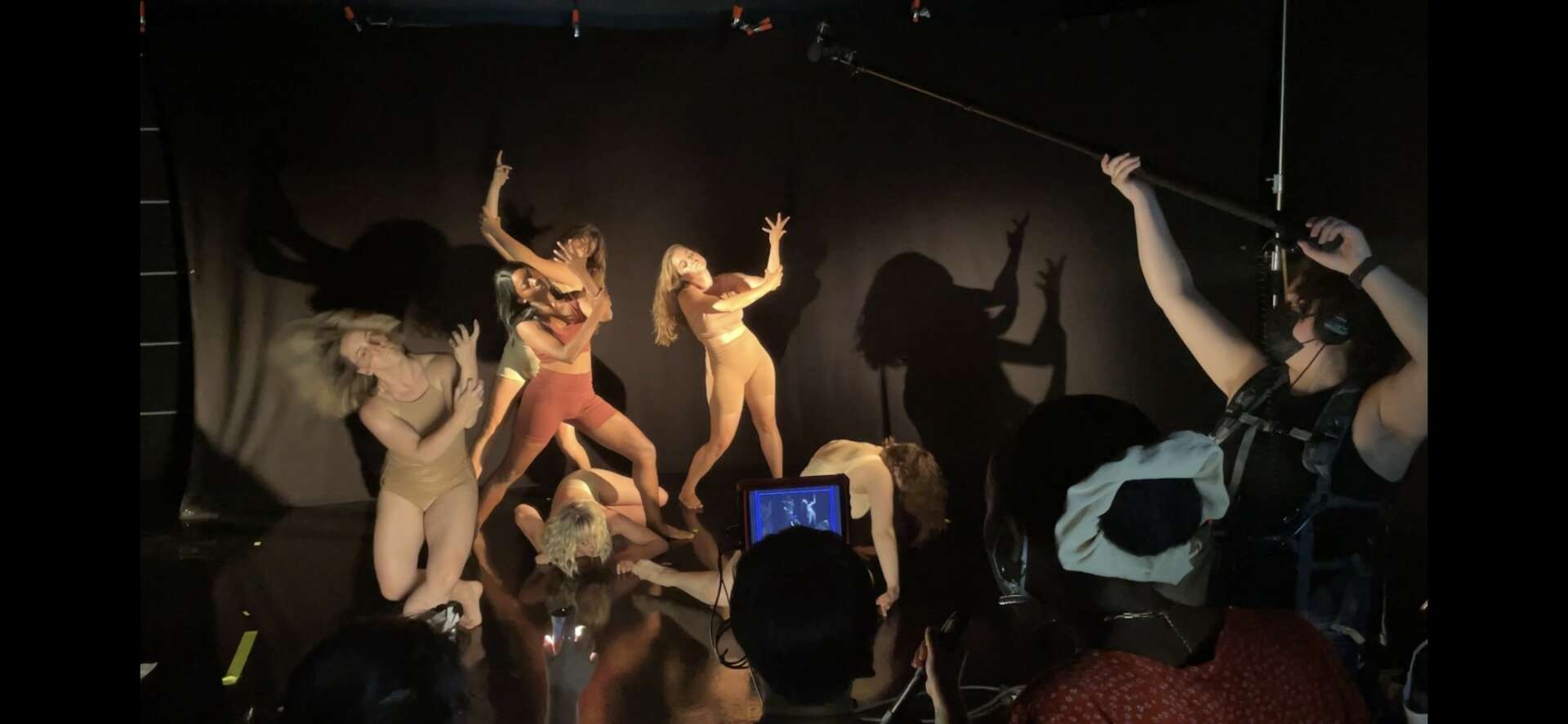
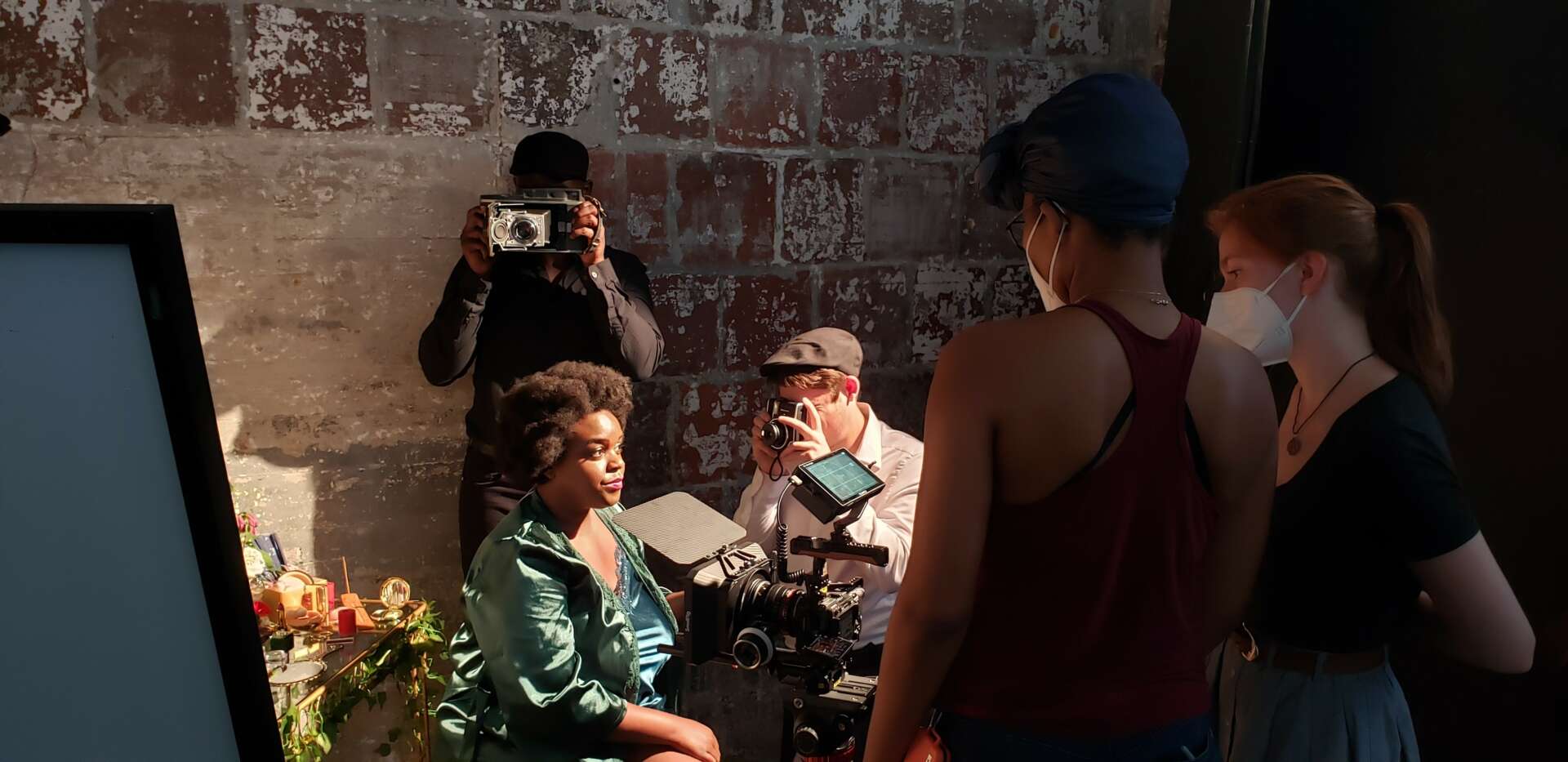

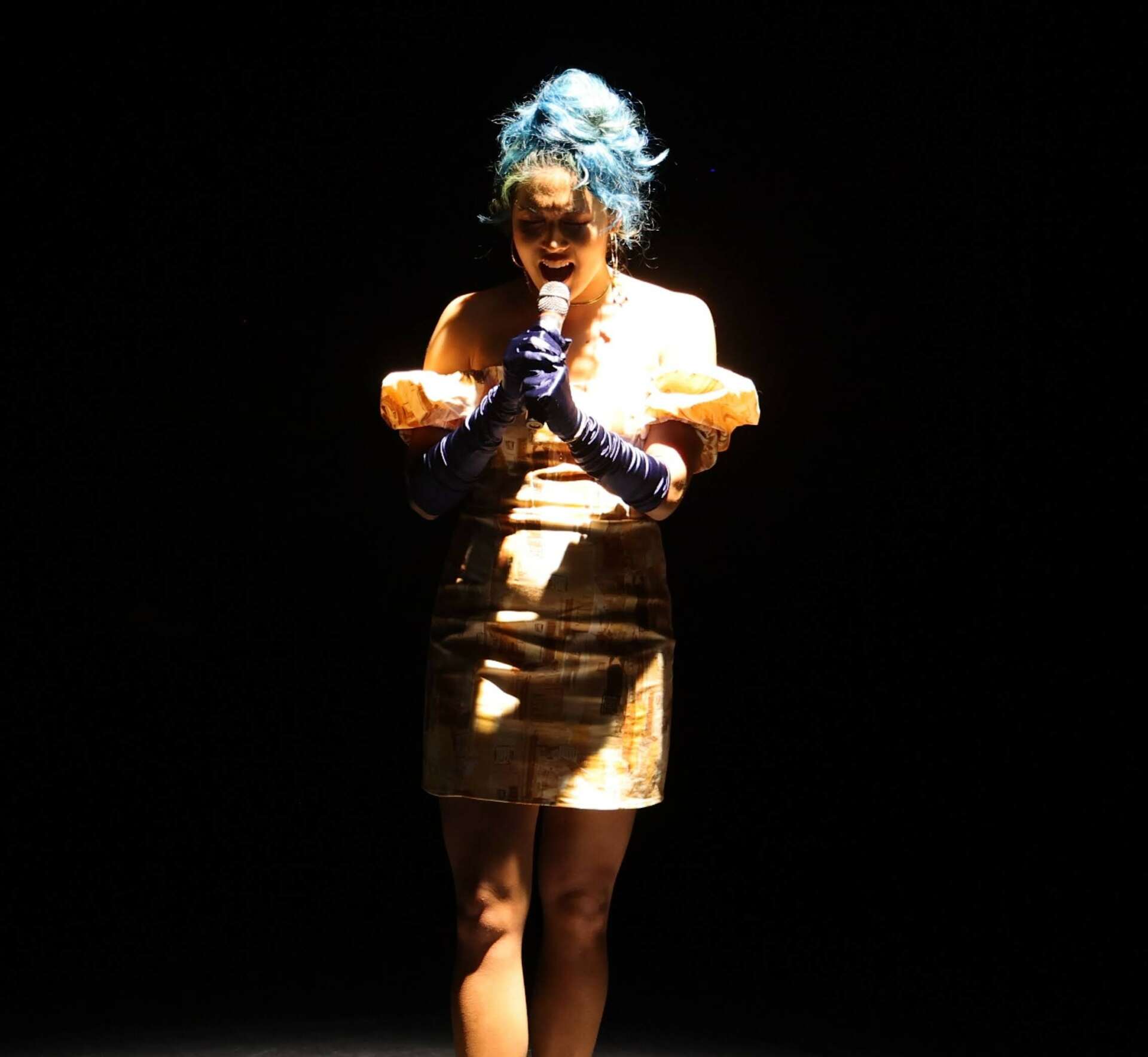
In your view, what can society to do to best support artists, creatives and a thriving creative ecosystem?
Pay them.
America really can look to European countries and their radical funding of creativity. More effective models for supporting artists on the government, and corporate level already exist elsewhere. I really wish we’d engage in this type of funding politically. The art that comes out of Europe at present is so innovative because they have the freedom to experiment.
I also think on a micro scale, if you are middle class, supporting local artists monetarily, going to their shows, funding their projects, and buying their art is a great way to be a patron of the arts. If you have an artist in your life investing in their growth as an artist is so satisfying.
I’ve loved supporting friends’ projects that grow, and develop. It’s so inspiring.
I love The Village in NYC. They put on salons and their mission is to build relationships between artists as they develop work with patrons/fans of the art. Supporting grassroots organizations like this monetarily can help artistic communities flourish.
Contact Info:
- Website: www.katherinemcclintic.com
- Instagram: www.instagram.com/kgmcclintictock
- Facebook: www.facebook.com/kgmcclintictock
- Linkedin: linkedin.com/kgmcclintictock
- Youtube: www.youtube.com/kgmcclintictock
- Other: https://open.spotify.com/user/kgmccee?si=2af69a97c04d4263
Image Credits
JJ Ignotz Photography


